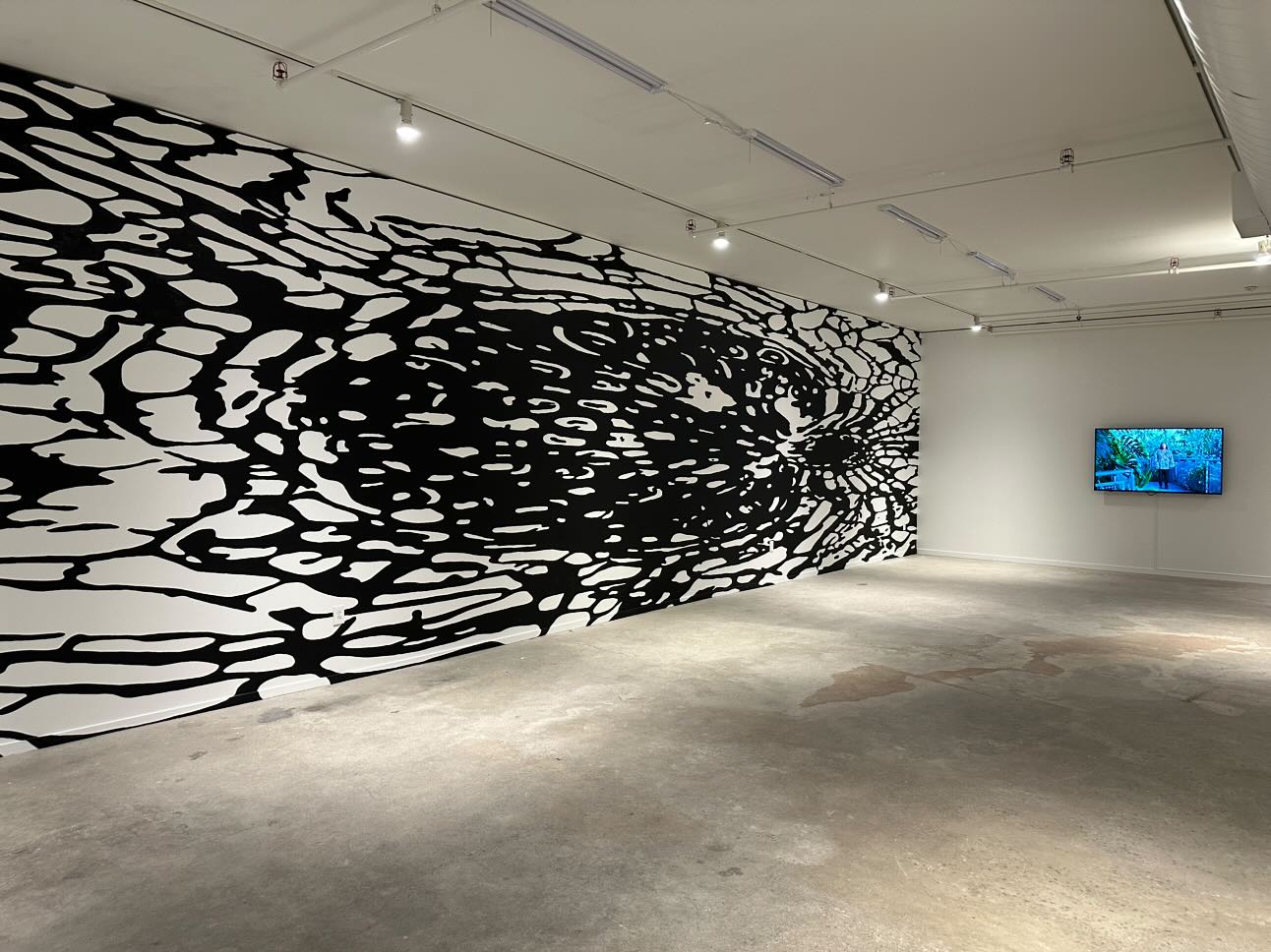A Botanical Conversation By Mehdi-Georges Lahlou┃At SPACES Cleveland (Ohio)
Exhibition

Image courtesy of the artist, Mehdi-Georges Lahlou
From January 12th to March 1st, ‘A Botanical Conversation,’ an exhibition by Mehdi-Georges Lahlou, a Franco-Moroccan artist of Spanish origin, explores issues of identity, diversity, and contemporary societal challenges. Leveraging his cultural heritage, Mehdi-Georges Lahlou challenges stereotypes and champions the coexistence of differences.
This exhibition delves into deep subjects such as memory, archives, and geopolitical conflicts, thereby highlighting significant issues of our times. Mehdi-Georges Lahlou employs a diverse range of media to depict the impact of globalization and Western colonization on natural and cultural landscapes, with a special focus on the migration of plants and their environmental implications.
‘A Botanical Conversation‘ ruminates on the relationship between humans and their environment, underscoring historical and cultural influences. The exhibition encourages thoughtful consideration of current ecological and social issues, advocating for harmony among all living beings. It is a call for awareness and collective action towards a sustainable future.
Additionally, the exhibition at Spaces will also feature new work by the artist, created during his artistic residency at Spaces. These pieces promise to enrich the exhibition, offering fresh perspectives and continuing Mehdi-Georges Lahlou’s engaging narrative on the intertwining of nature, culture, and identity.
About Mehdi-Georges Lahlou
Mehdi-Georges Lahlou (born in Les Sables d’Olonne, 1983) is a Franco-Moroccan artist who lives and works between Brussels and Paris. He trained at the École supérieure des beaux-arts in Nantes Saint-Nazaire and obtained a Ph.D. in Arts from AVANS University in the Netherlands in 2010. In 2014, Mehdi-Georges Lahlou was part of the first session of ‘Les réalisateurs’ (a post-graduate program in Art and Business), conceived and directed by artist Fabrice Hyber in partnership with Audencia Nantes School of Management and ESBANM. From 2017 to 2020, he was an associate artist at the CDN de Normandie-Rouen. He also held a residency at the Jan Van Eyck Academie in Maastricht from 2019 to 2020.
Characteristic of his artistic approach, Mehdi-Georges Lahlou positions himself as a goldsmith of memories, shaping a space where collective memory and archives intertwine. His work stands as a contemporary palimpsest, a surface upon which the issues of identities and postcolonial heritages are incessantly reinscribed. Mehdi-Georges Lahlou’s praxis infiltrates the interstices of representation, where the colonial question serves both as Ariadne’s thread and the very labyrinth of reflection. With nuance and precision, the artist dissects symbols embedded in the collective psyche to reveal their dissonances. Far from limiting himself to simple memorial reflection, Lahlou challenges the archive as a living testimony, susceptible to mutation and metamorphosis. Thus, the artist engages the viewer in a dance between past and present, a choreography where each step measures the impact of historical actions on the contemporary context.
Ultimately, the complexity of his work lies in its ability to forge bridges between eras, crises, and cultures, weaving a visual narrative where the archives of the past and the memories of the present unite in the face of the pressing challenges of our time. Mehdi-Georges Lahlou, as a true chronicler of modern times, invites us to a collective introspection where colonial issues and climate change intertwine in a visual symphony, both melancholic and resolutely forward-looking.
In partnership with

SPACES Cleveland
SPACES commissions artists from around the world—at all stages of their careers—to make new work that is responsive to timely issues. They use these projects as a jumping off point to create educational initiatives that help develop a more informed citizenry. They also distribute grants to artists outside of residency and exhibition programs. SPACES has been challenging the status quo since its initial gathering of artists on May 25, 1978, by founder James Rosenberger. The typewritten invitation that brought together 35 artists appealed to those “with an interest in creating and presenting new art” and who needed “outlets for their creative energies.” It laid the groundwork for an organization that would support artists with unwavering dedication for the next 45 years.
